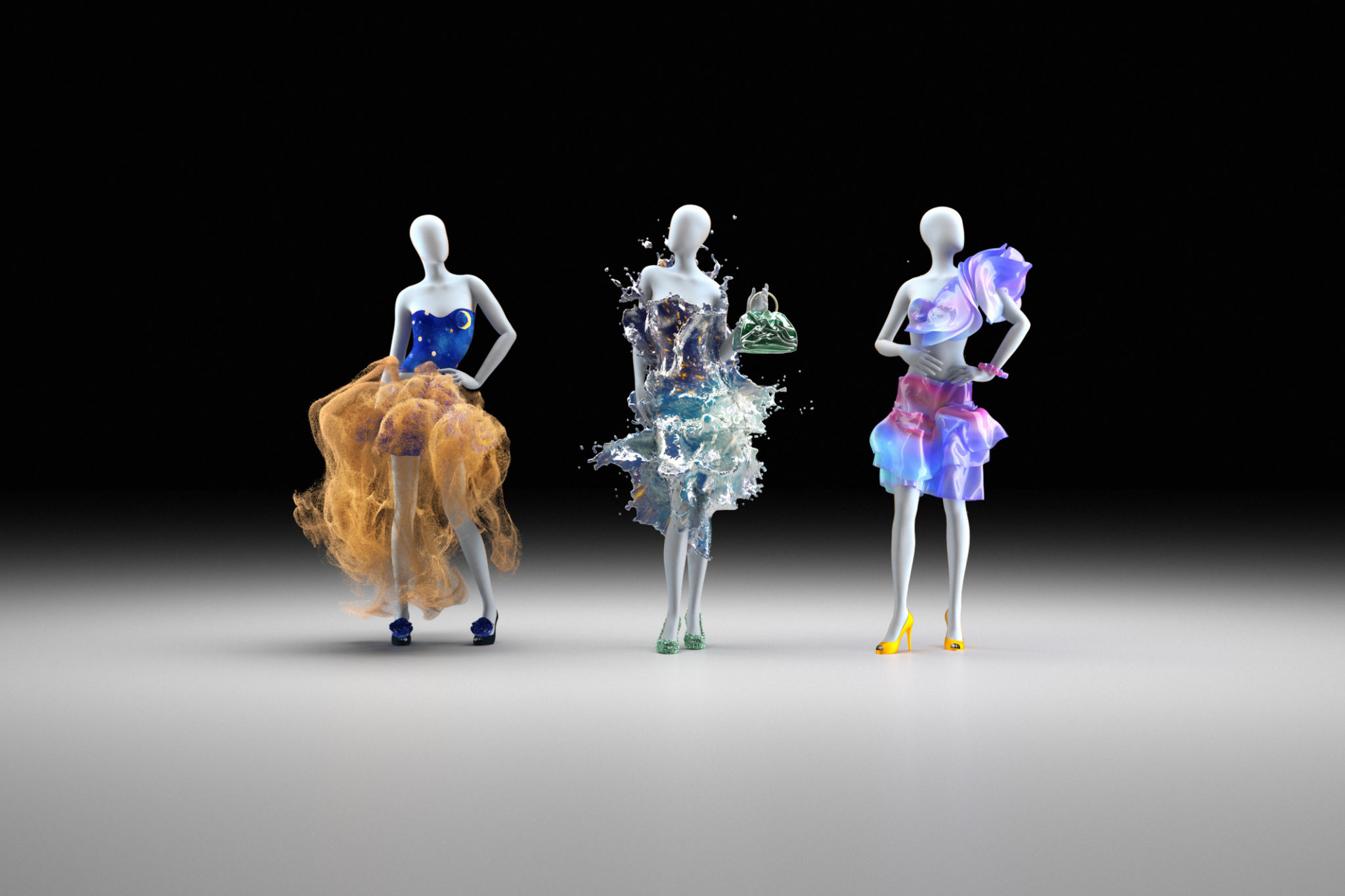Top Fashion Tech Trends to Watch
Introduction to Fashion Tech
The fashion industry is no stranger to innovation, but the integration of technology has ushered in a new era of possibilities. From smart fabrics to virtual try-ons, technology is reshaping how we design, produce, and interact with fashion. As we step into the future, several fashion tech trends are emerging as game-changers.

Smart Fabrics and Wearable Technology
One of the most exciting developments in fashion tech is the advent of smart fabrics. These materials can incorporate technology into the very fibers, allowing for functionalities such as temperature regulation, moisture wicking, and even biometric tracking. This innovation not only enhances comfort but also offers practical benefits for everyday wear.
Wearable technology continues to evolve, with smartwatches and fitness trackers becoming more sophisticated and fashionable. Designers are increasingly integrating wearable tech into clothing and accessories, blurring the lines between function and style. As these technologies become more mainstream, they promise to revolutionize personal health monitoring and connectivity.
Virtual and Augmented Reality in Fashion
Virtual and augmented reality (VR and AR) are transforming the way consumers experience fashion. Virtual try-ons allow shoppers to see how garments will fit and look without ever entering a fitting room, making online shopping more interactive and personalized. This technology not only enhances the customer experience but also reduces return rates, benefiting retailers.

AR is also being used in physical stores to enrich the shopping experience. Interactive displays and virtual mannequins are just a few examples of how retailers are leveraging AR to engage customers and enhance their brand presence. As VR and AR technologies become more accessible, their impact on fashion retail is expected to grow significantly.
Sustainable Fashion Tech Innovations
As sustainability becomes a focal point for consumers and brands alike, fashion tech is playing a pivotal role in creating eco-friendly solutions. Innovations such as 3D printing and digital manufacturing are minimizing waste by allowing for precise production. These technologies also enable customization, reducing overproduction and promoting sustainable consumption.
Moreover, advancements in textile recycling technologies are enabling brands to create new garments from old materials. By closing the loop on fashion production, these innovations are helping to reduce the industry's environmental footprint.

The Rise of AI in Fashion Design
Artificial intelligence (AI) is becoming an integral part of fashion design processes. AI algorithms can analyze vast amounts of data to predict trends, optimize designs, and even create new styles. This not only accelerates the design process but also allows for more personalized fashion offerings that cater to individual consumer preferences.
AI-powered chatbots and virtual assistants are enhancing customer service by providing personalized recommendations and support. As AI continues to advance, its applications in fashion are set to expand, offering exciting possibilities for designers and consumers alike.
Conclusion
The intersection of fashion and technology is unlocking unprecedented opportunities for innovation and creativity. From smart fabrics to AI-driven design, the latest trends in fashion tech are reshaping the industry landscape. As these technologies continue to evolve, they promise to enhance sustainability, personalization, and the overall consumer experience. Staying informed about these trends will be crucial for anyone looking to thrive in the ever-changing world of fashion.
